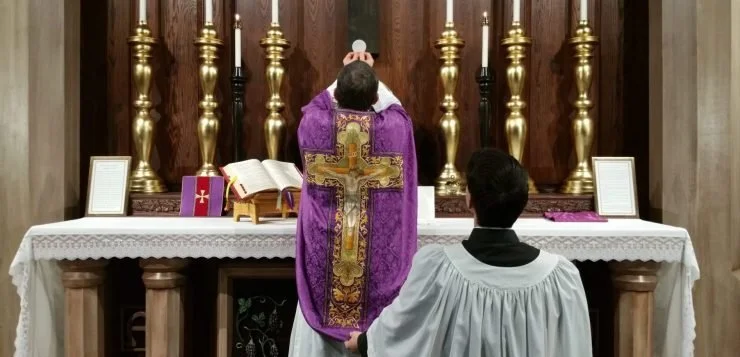Age is something the press is fixated on. Donald Trump’s age when he occupied the White House became a major news story that went on for several years.
President Joe Biden has now been in office almost two years and the speculation whether or not his age has become a fatal political flaw is slowly becoming a big news story. Every public appearance that includes a flub, limp or fall becomes a big deal, especially in conservative media.
Now we have the supposedly uncertain status of Pope Francis. The speculation over whether Francis’ age — he turns 86 on Dec. 17 — will cause him to resign has increasingly become a story, first in the Italian press, and subsequently around the world.
Italy’s many national dailies cover the Vatican akin to the way the American press reports on the White House. It’s those news reports out of Italy that started in late spring, raising the specter that the pope would follow in the footsteps of Pope Benedict XVI and resign from his post. Add to this hubbub papal announcements that have been twisted in translation and (#DUH) waves of speculation in Catholic Twitter and other forms of social media.
Benedict resigned from the papacy in 2013 — and as a result took on the emeritus moniker — eight years after he was elected by the College of Cardinals. The unexpected resignation came after Benedict cited a “lack of strength of mind and body” due to his age. He was 86 at the time. In doing so, he became the first pope to resign since Gregory XII in 1415 and the first to do so on his own initiative since Celestine V in 1294.
It's a symbolic series of events — including a canceled papal trip to the Democratic Republic of Congo and South Sudan scheduled for the first week of July, his recent use of a wheelchair to get around and events with connections to Celestine V and a central Italian city — that led many Italian reporters to raise speculation about what Pope Francis might do next.
In June 12 column in Crux by omnipresent Vatican watcher John L. Allen, Jr., connected the dots, as he always does, for the the English-speaking press.
The resulting wave of speculation — fueled by no sources whatsoever, either anonymous or named — has created headlines in newspapers on websites around the world. Everything has been based on observation and reading of tea leaves. Day after day, GetReligion team members have bumped into stories online or have been sent URLs by readers.
At a time when news organizations increasingly aggregate reporting from other places in order to garner mouse clicks, this story has been reported everywhere. Also, smaller newsrooms, due to layoffs over the past two decades, has made it more difficult for reporters to confirm a story. In the case of Francis’ retirement, there never was anything there to confirm.










